Skin conditions—whether chronic (eczema, psoriasis) or situational (breakouts, irritation)—are increasingly understood as manifestations of internal health, environmental triggers, and microbiome imbalances. This guide synthesizes the latest dermatological research with actionable lifestyle and treatment strategies.
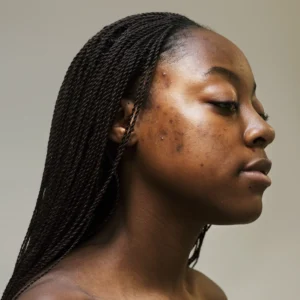
Skin is your body’s billboard—what shows up externally often whispers about internal imbalances. In 2025, the paradigm shifts from suppressing symptoms to rebuilding resilience through microbiome care, targeted nutrition, and smarter diagnostics. Start by identifying one potential trigger (e.g., dairy, stress, SLS shampoos), eliminate it for 30 days, and observe.
Did You Know? Nighttime skin temperature rises 1–2°C during flares, worsening itch cycles. Cooling gel pads (like Peace Out’s Acne Dots) can intercept this.
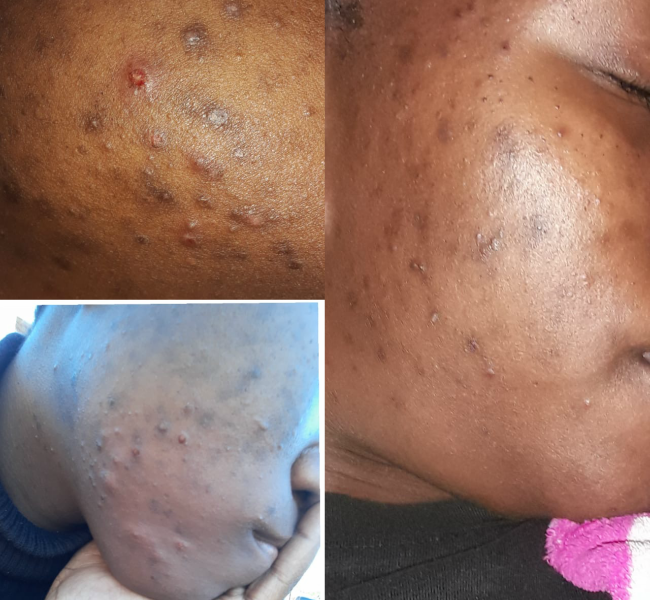
Acne and pimples are related but distinct terms. Acne is a skin condition where hair...
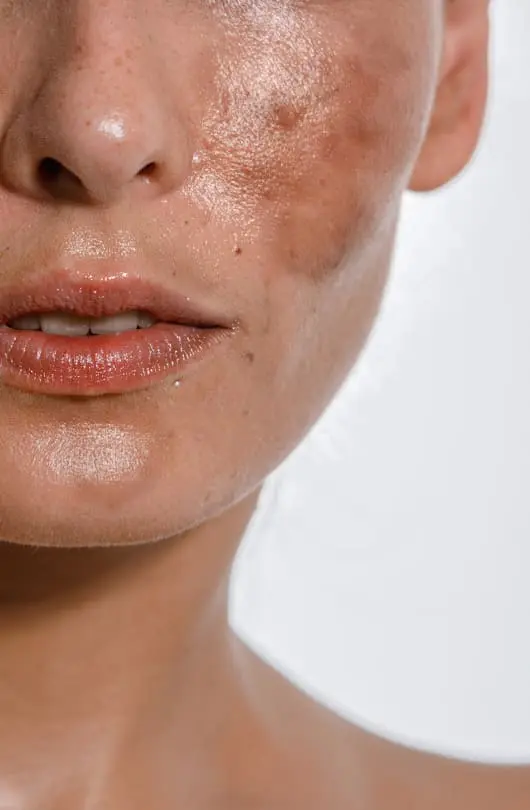
Fade Dark Spots and Brighten Skin with Discoloration Care Uneven skin tone, dark spots, and...
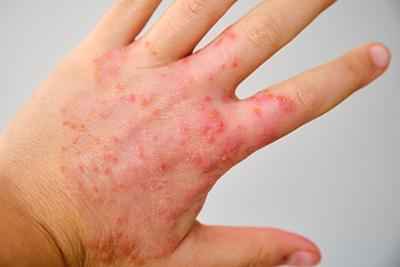

Intense Hydration for Extremely Dry, Cracked Skin When ordinary moisturizers aren't enough, our Extreme Dryness...

Calm Itching and Redness with Hives Relief Solutions When hives strike, they can cause sudden...
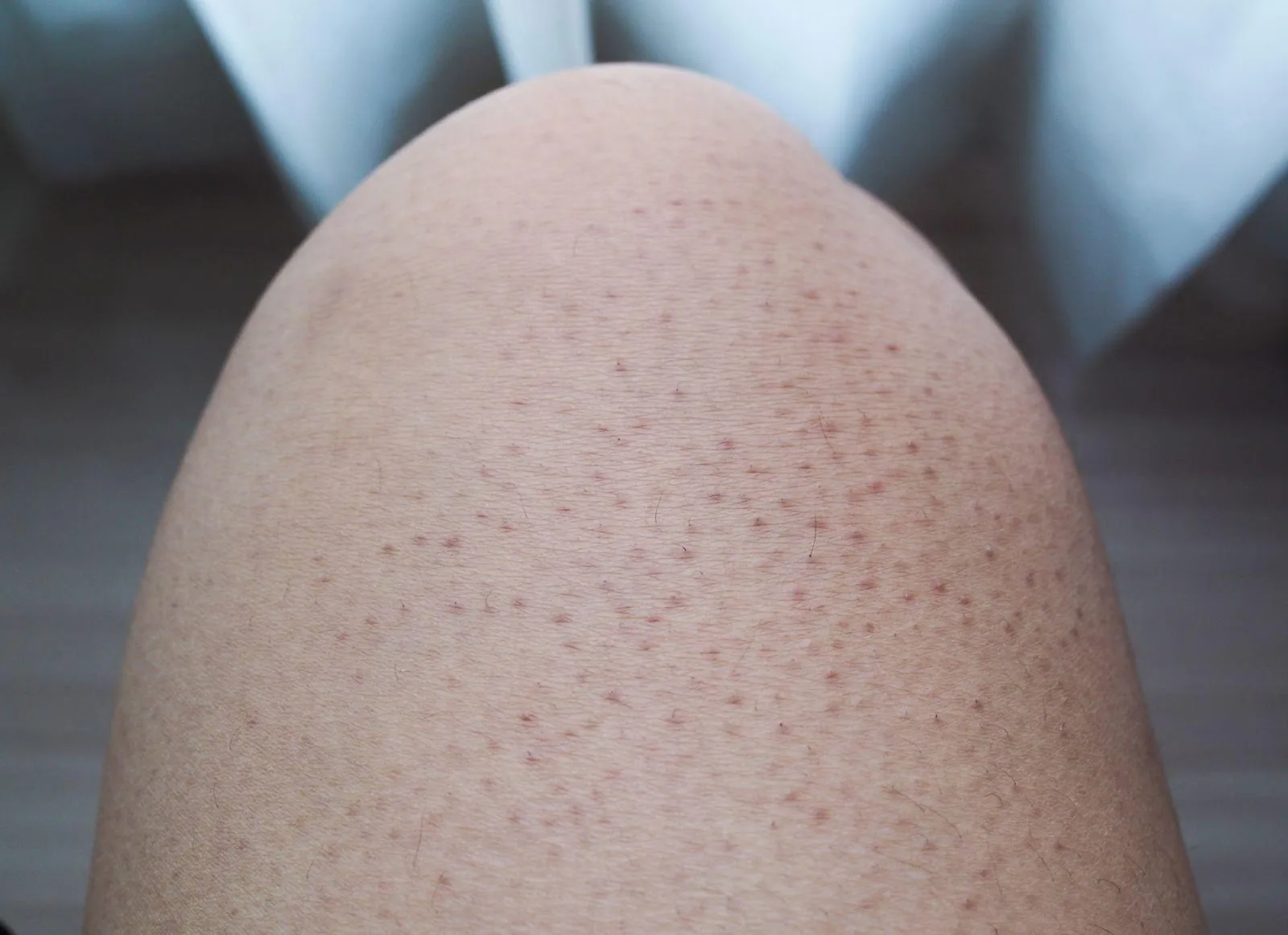
Smooth and Soothe Bumpy Skin with Keratosis Pilaris Care If you or your child struggles...

Skin tags and warts are both common, benign skin growths, but they differ in their...
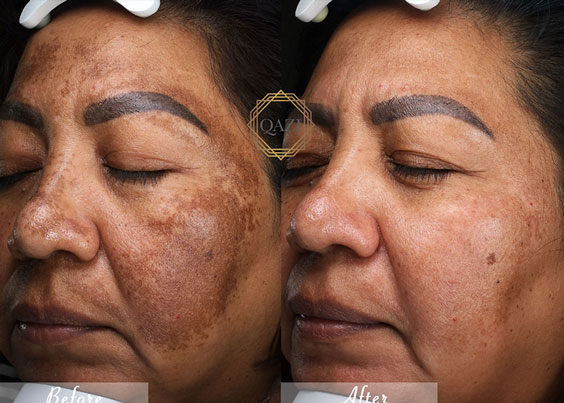
What Is Pigmentation and Discoloration? Pigmentation refers to the coloring of your skin, which comes...

Ringworm on darker skin tones may present with less noticeable redness and instead appear as...
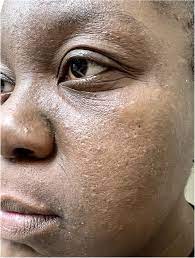
Rosacea on black skin can be more challenging to recognize due to the typical redness...
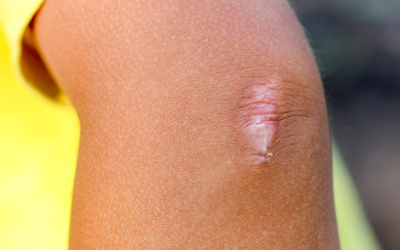
Scars: A Journey Through Healing, Identity, and Transformation Scars are more than just marks on...

What Is a Shingles Rash? Shingles (medical name: Herpes Zoster) is a painful skin rash...
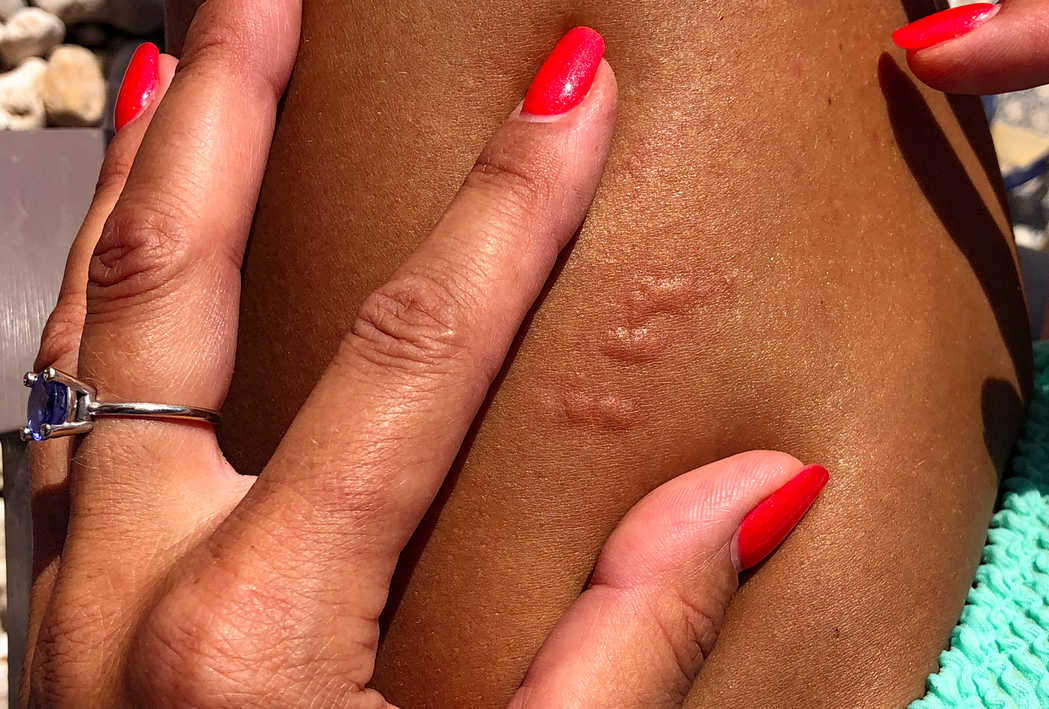
Insect bites and stings on black skin may be harder to see due to the...

Stretch marks (medical name: striae or striae distensae) are long, narrow streaks or lines that...
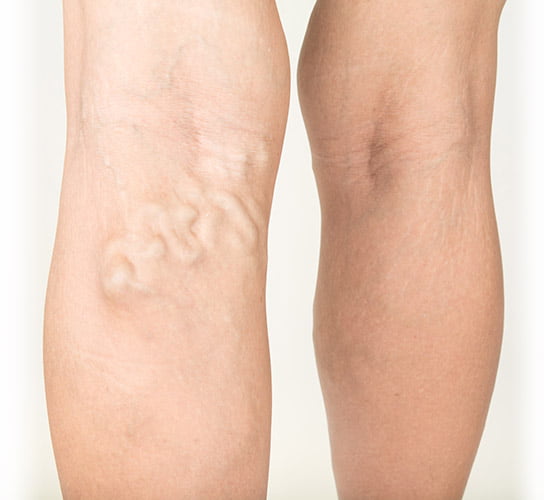
Varicose veins can be harder to see on dark skin, but they can still cause...